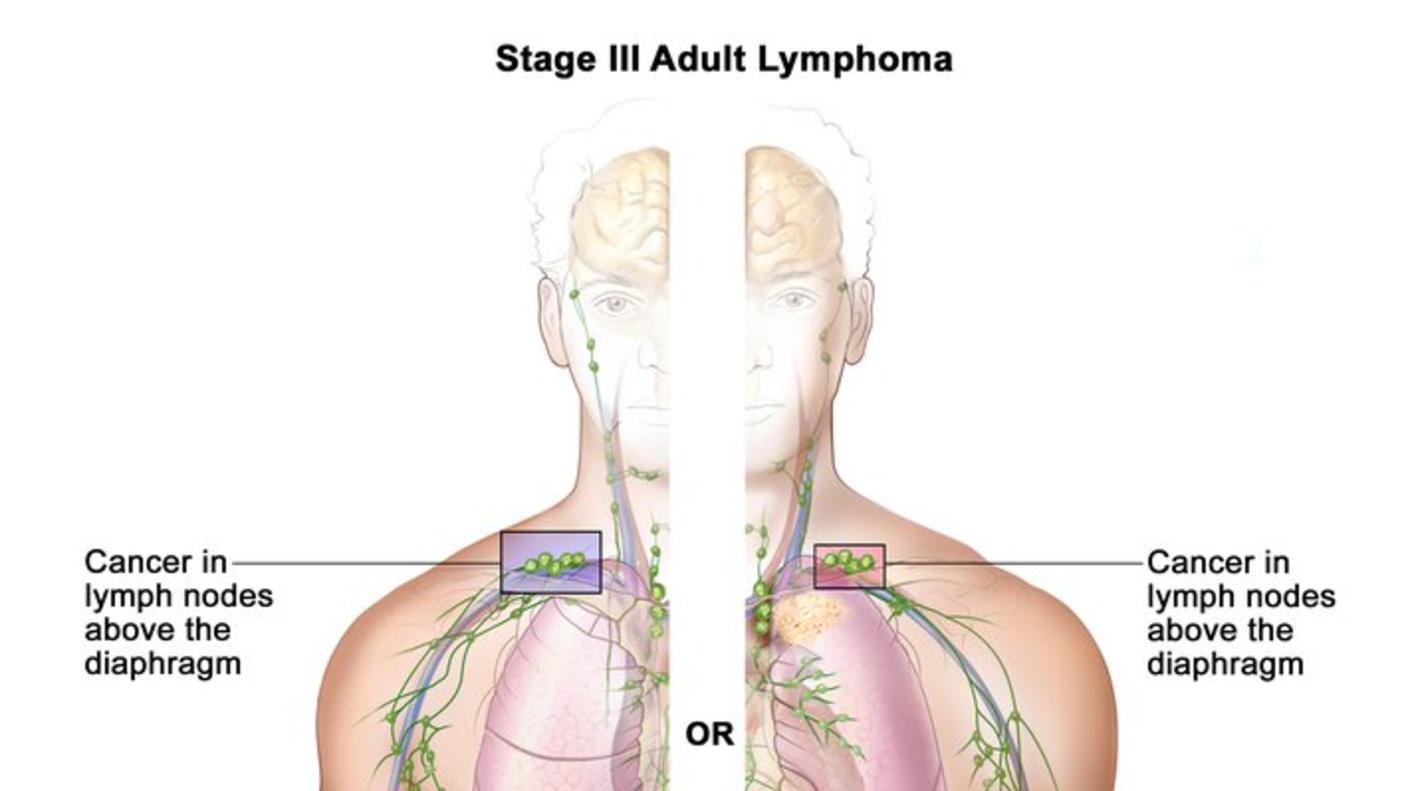Treatment-Related Second Cancers
For decades, clinicians and epidemiologists have recognized that radiotherapy and certain chemotherapies may increase risk for developing a second cancer. DCEG investigators study groups of patients with a range of malignancies and varying treatment modalities. This helps to identify risks so that oncologists can refine treatment plans to deliver the most effective treatment dose with the least risk for future cancers. These studies include:
Hematopoietic Stem Cell Transplantation
A study of the risks of cancer following allogeneic hematopoietic stem cell transplantation
Childhood Cancer Survivors
Studies of secondary glioma, meningioma, and thyroid, breast, soft tissue, bone, and skin cancers among more than 14,000 five-year survivors of childhood cancer diagnosed between 1970 and 1986.
Contralateral Breast Cancer
A retrospective cohort looking at second cancers in about 7,000 breast cancer patients diagnosed since 1991
Multiple Primary Cancer Monograph
To identify groups of cancer survivors that are at increased risk for multiple primary cancers, investigators led an effort to provide the first comprehensive population-based analysis of the risk of subsequent cancer in the U.S., resulting in a monograph.
Retinoblastoma Survivors
Study of cancer risk in long-term survivors of retinoblastoma
Second Primary Gastrointestinal Cancers
A multicenter international study of second primary gastrointestinal (GI) cancers among survivors of Hodgkin lymphoma and cancers of the testis, breast, and cervix
Temporal Trends in Second Cancer Risks Based on SEER Data
To facilitate research into the etiology of second cancers, investigators from the DCEG Radiation Epidemiology Branch led the development of an interactive PC-based software module (“SIR”) to perform analyses of multiple primary cancers using NCI’s Surveillance, Epidemiology, and End Results (SEER) database.
Lifestyle, Environmental, and Medical History Factors and Second Cancer Risks
Investigators are exploring whether the risk of developing second cancers is affected by lifestyle or environmental factors. However, most previous second cancers studies have been based on data from cancer registries or medical records, which generally don’t have data on these potential risk factors. By pooling data from large epidemiologic cohort studies, investigators are able to identify whether lifestyle and environmental factors are associated with second cancer risk.
In the first pooled analyses from the Cohort Consortium, DCEG investigators and colleagues have pooled data from five cohorts (the NIH-AARP Diet and Health Study, the Prostate, Lung, Colorectal, and Ovarian Cancer Screening Trial, the Agricultural Health Study, the Iowa Women’s Study, and the Alpha-Tocopherol, Beta-Carotene Cancer Prevention Study) and are investigating second cancer risks in relation to obesity and tobacco. DCEG investigators and colleagues are also utilizing the SEER-Medicare linked dataset to investigate medical history risk factors for second cancers in a cohort of over 44,000 survivors of non-Hodgkin lymphoma. For more information, contact Lindsay Morton.
Genetic Susceptibility to Second Cancers
It is well established that individuals with certain hereditary disorders such as ataxia telangiectasia have increased sensitivity to the carcinogenic effects of radiation, but less is known about how common genetic variation in the general population may relate to risk for second cancers following radiotherapy. Multiple, complex genetic pathways such as DNA damage repair, oxidative stress, and cell cycle control likely contribute to the development of radiation- and chemotherapy-related neoplasms, supporting a polygenic model for sensitivity to treatment-related neoplasms.
Scientists in the Radiation Epidemiology Branch are partnering with investigators from the Childhood Cancer Survivor Study to conduct a genome-wide association study of subsequent neoplasms in childhood cancer survivors. They are also conducting studies of specific RB1 mutations and subsequent neoplasm risk in retinoblastoma survivors, with exome sequencing for patients with selected types of subsequent neoplasms. Opportunities exist for postdoctoral fellows to participate in current and future research on genetic susceptibility to multiple primary cancers. Results from this work may help inform clinical decision-making for cancer patients to minimize future cancer risk. For more information, contact Lindsay Morton.
